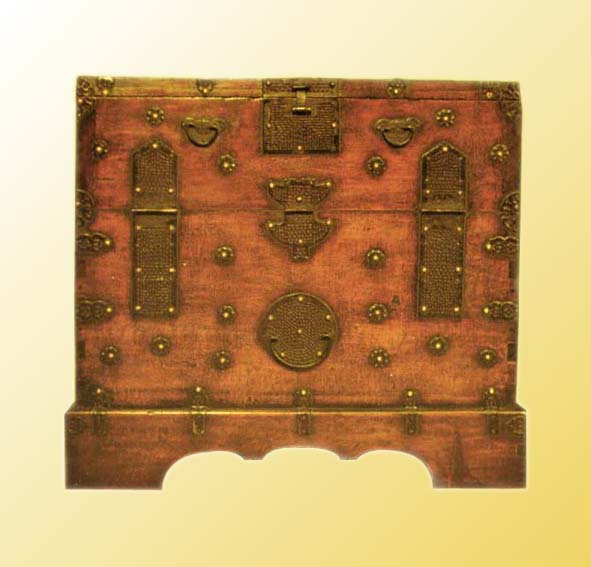| Linden
Bandaji
Linden (lime) wood, iron fittings with brass nails; loess under lacquer. Early twentieth century, Hamhung (North Korea); to South Korea through
China.
|
 |
| Linden
Bandaji
Linden (lime) wood, iron fittings with brass nails; loess under lacquer. Early twentieth century, Hamhung (North Korea); to South Korea through
China.
|
 |
|
|
| Click on the view you would like to see. | 
South Gate |

Angle view |

Sungsungi |
|
|
|
|
|
|
5. Red paulownia nong |
6. Wild walnut nong |
7. Red pine ham |
8. Cherry bandaji |
9. Zelkova bandaji |
10. Persimmon nong |
11. Zelkova lattice jang |
12. Pine framed bandaji |
13. Red pine bandaji |
More |